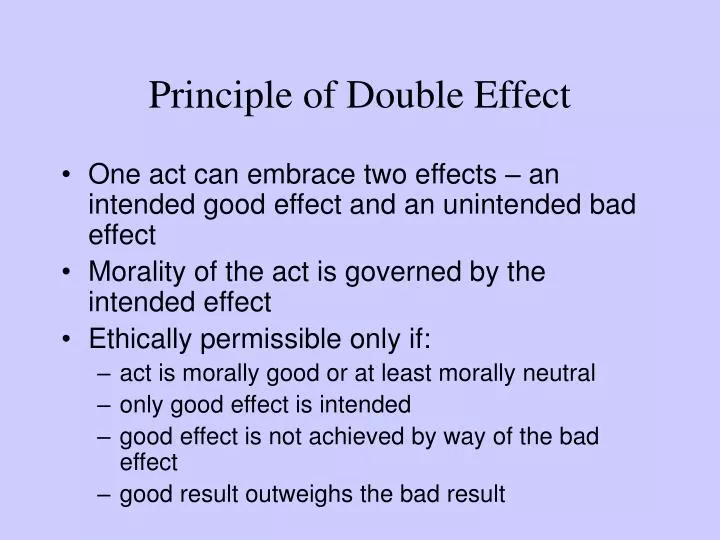

Here we provide an unambiguous experimental proof that the two-center interference survives strong field ionization despite possible obstacles mentioned above. In general, spatial photoelectron interferences and symmetry of the corresponding molecular orbital are believed to have a significant impact on many applications in strong-field physics such as imaging of electron density and molecular structure as well as high harmonics generation 21, 22, 23, 24, 25, 26, 27, 28, 29, 30, 31, 32. More recent work, however, contradicted this conclusion 20 and attributed similar differences to post-collision interaction. In a pioneering experiment, differences in the photoelectron spectra of non-aligned argon dimers and argon atoms were found and attributed to double-slit interference 19. Experimental support, so far, for double-slit type interference in the strong-field context is suppression of the ionization efficiency of the oxygen molecule 17 and xenon dimer 18 as compared to xenon atom due to destructive two-center interference. The presence of the Coulomb field of the parent ion during the acceleration by the laser field causes another potential problem for double-slit interference as it leads, in particular for linearly polarized light, to massive deformation of the phase front of the emitted electron. Thus, it might not be obvious which momentum is relevant for the spacing of the interference fringes. Furthermore, the electrons are accelerated in the laser field and reach their final momentum only at an even larger distance.

Reasons possibly contradicting this generalization are that strong-field ionization is often described by tunneling ionization, where the tunnel exit and, thus, the birth position of the electron is not at the atomic centers but at a distance comparable to the extent of the molecule. Recent theoretical works 14, 15, 16 have suggested that this concept can be transferred to strong-field ionization and thus ultrafast time scales. Two-center photoelectron interference upon single photon ionization (weak field regime) has been observed for H 2 3, 4, 5, 6, N 2 5, 7, 8, 9, 10, O 2 11, weakly bound Ne 2 12, and even for polyatomic molecules such as simple hydrocarbons 13.

Liberation of an electron from such a system – for instance, upon single-photon absorption – will result in interference of two partial waves, spatially separated by the molecular bond length.

In the 1960s it was realized that the double-slit experiment can be performed on the molecular level by exploiting two sites of a diatomic molecule as coherent electron emitters 2. The double-slit experiment, which was originally conducted by Young in the early 1800s to prove the wave nature of light, has been widely utilized to learn about different aspects of this “mystery”. interference, and, in general, the particle-wave duality is “the mystery”, as stated by Feynman 1, “which is impossible, absolutely impossible, to explain in any classical way, and which has in it the heart of quantum mechanics”. Wave-like behavior of microscopic particles, e.g.


 0 kommentar(er)
0 kommentar(er)
